Fill the halls with marrons glacés
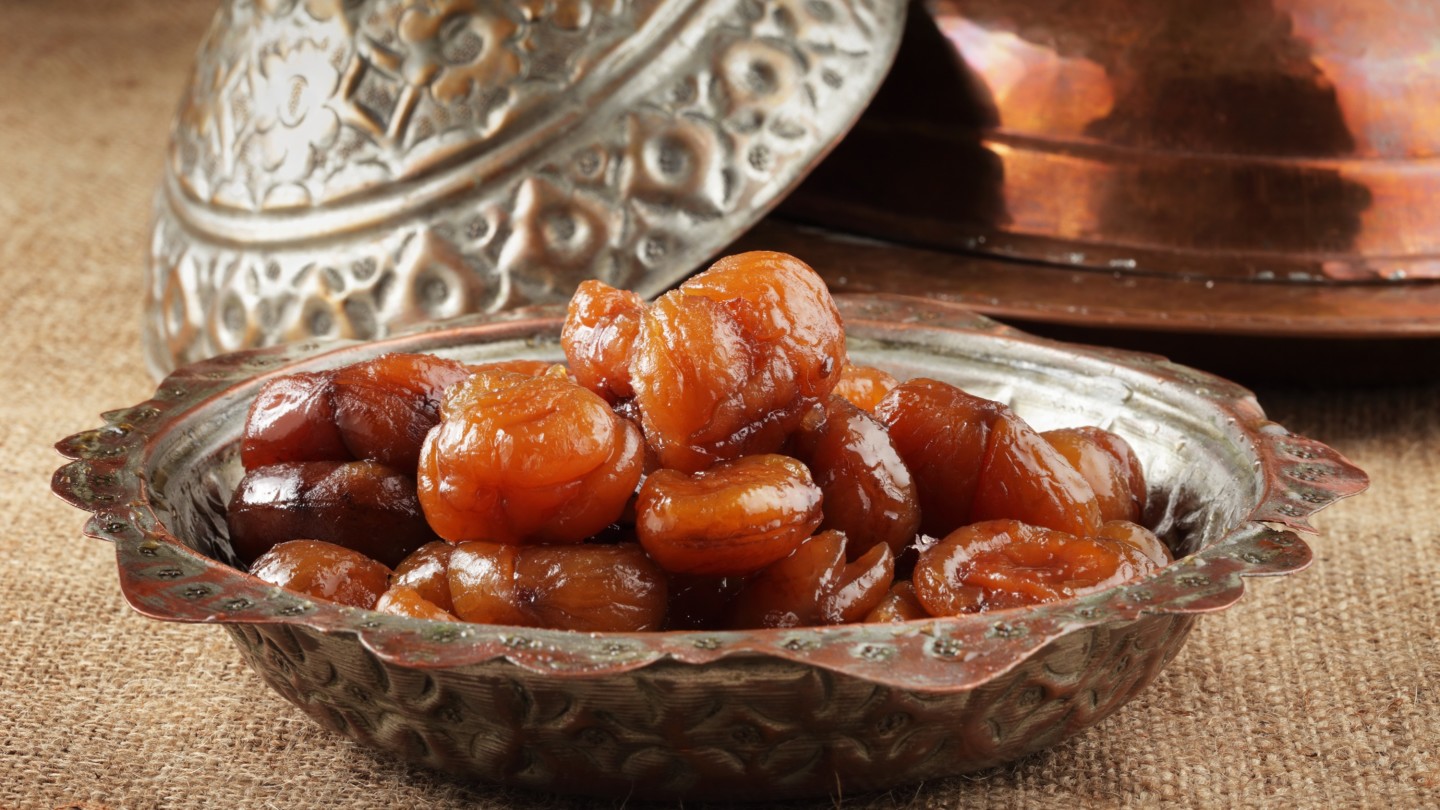
Roula Khalaf, Editor of the FT, selects her favourite stories in this weekly newsletter.
My love affair with marrons glacés started at Angelina in Paris. It was my first visit to Paris, aged 13, with my grandmother. Overlooking the Tuileries, the café-pâtisserie was full of customers looking like they were straight out of a Renoir painting. She ordered us a Mont Blanc (named after the snow-capped mountain): a showy confection of cream and marron purée topped with marrons glacés. I was in velvety, fudgy chestnut heaven. It remains my favourite dessert.
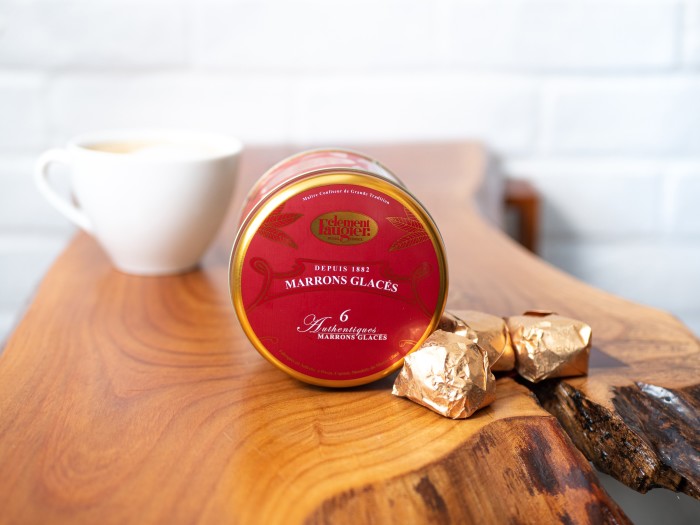
It’s also the default choice of Spring Restaurant chef-patron Skye Gyngell. “I love their soft, crumbly texture and gorgeous colour – like the palest caramel,” she says. Marrons glacés have long been synonymous with Christmas, though have faded somewhat in fashionability of late. Which is a shame, as they remain an exquisite festive treat. François Pierre la Varenne, author of Le Parfait Confiturier, was the first to record a recipe. They were a favourite at Louis XIV’s Versailles court. Ardèche-based entrepreneur Clément Faugier, originally a bridge engineer, set up the first production with a local confectioner in 1882, inventing the meticulous 20-stage recipe still used.
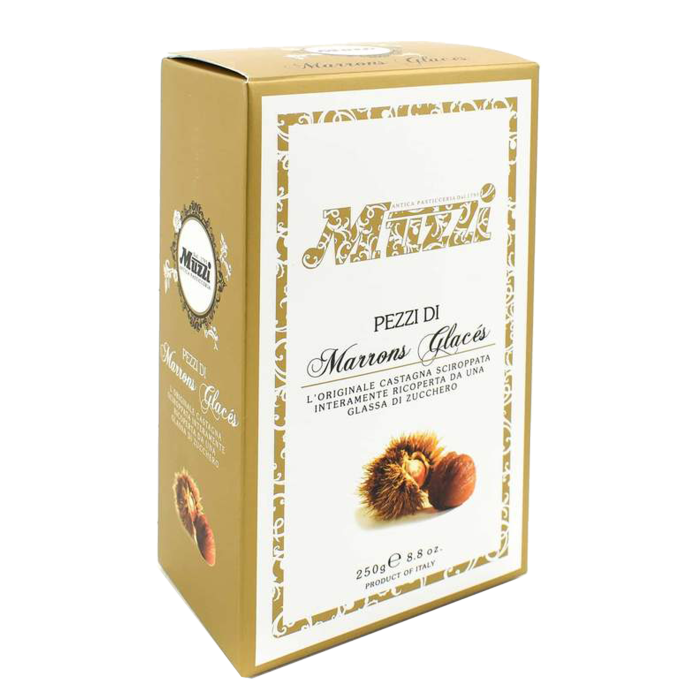
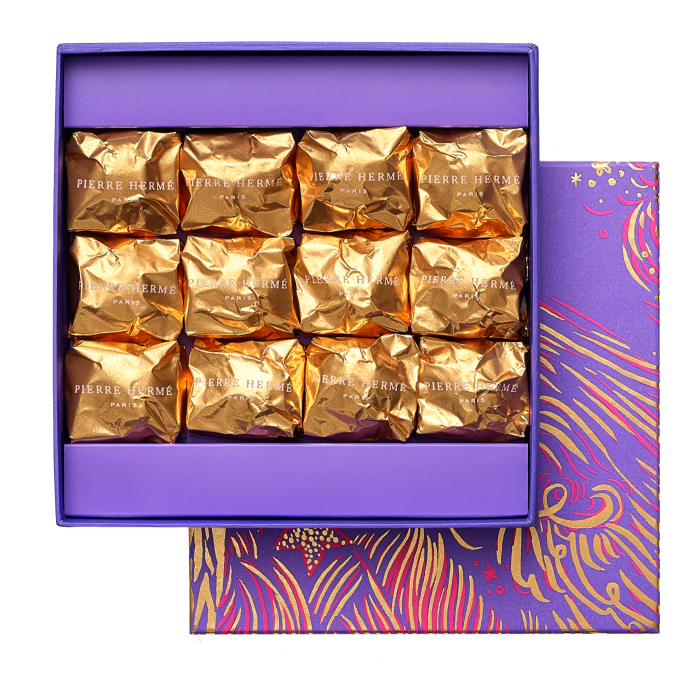
The marrons are hand-peeled, delicately candied in a syrup flavoured with vanilla, drained, left overnight, and the candying process repeated another five times, then hand-glazed. Clément Faugier still produces among the best of impressive size in a tin – ideal for an extravagant stocking (six for £19.99, thegoodfoodnetwork.com).
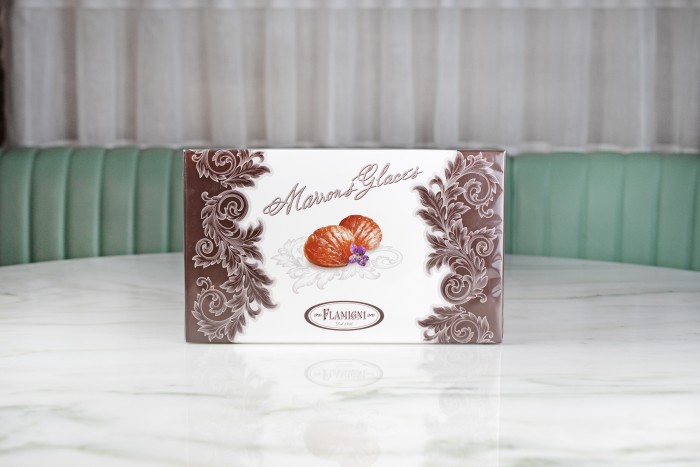
In Italy, especially in historic Turin coffee houses, marrons glacés are often served with an evening espresso. I love to add marrons glacés (most producers sell pieces too) when I’m making a chocolate cake; they’re wonderful stirred into homemade ice cream, or used to adorn fellow marron glacé-lover Nigella Lawson’s chestnut cheesecake. Digestifs such as PX sherry, vintage port, or muscat make wonderful partners. The marrons glacés made in France for Fortnum’s (eight for £27.95) are divine – individually wrapped in gold foil, they’re exceptionally luscious. The marrons are sourced around Turin and Naples and cellared for three weeks to dry, then then gently candied, repeatedly, over 10 days. Pre-eminent pâtissier Pierre Hermé’s marrons glacés are elegant with velvet sumptuousness (six for £24, pierreherme.com).
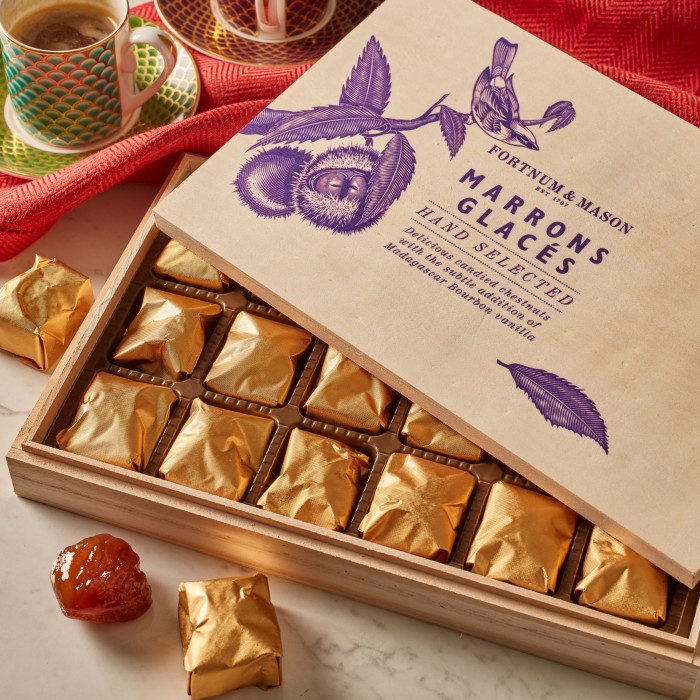
Muzzi Pasticceria, Umbria, has made marrons glacés since the late 18th century. They have a delicate crunch and enticing fudginess. Agrimontana has revived the Piedmontese marron, firmer with beautiful rounded chestnut warmth (12 for £12.80, eataly.co.uk). Masha Rener, executive head chef of Lina Stores, favours Flamigni, which started in 1930 as a pastry and coffee shop in Forli, Emilia-Romagna. My pre-Christmas treat has long been to add a single marron glacé from a brimful glass jar on the counter of its original Soho deli to my festive groceries (12 for £19.95, linastores.co.uk). Yet, best of all, according to Gabriele Zanatta, deputy editor of international food magazine, Identità Golose, is to sit in Pasticceria Cucchi, Milan’s historic 1930s pastry shop, and order a ristretto and marron glacé. Deliziosa.
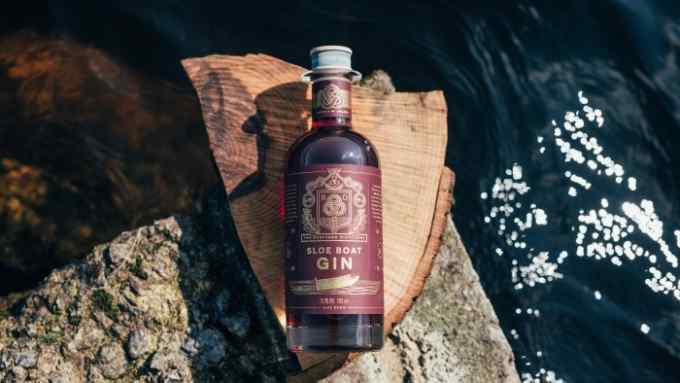
Comments